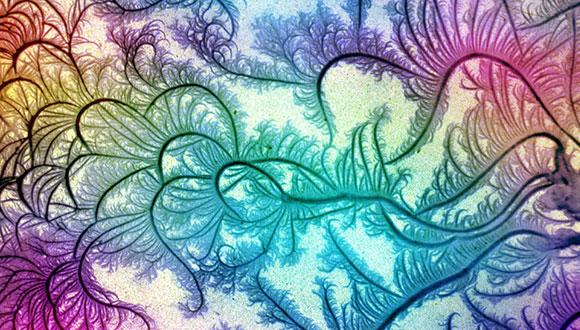Condensed Matter Seminar:To wet or not to wet? That is the question!
Milton W. Cole, Department of Physics, Penn State University
Abstract:
If one looks at a leaf of a plant after a rainfall, one sees water droplets of varying sizes. What determines this “wetting” behavior? The answer is known, in principle, for two centuries from the macroscopic point of view. It involves the surface tension of the water itself, as well as the two surface tensions present at the water-leaf interface (liquid-leaf and vapor-leaf). At the microscopic level, this wetting behavior depends on the relationship between two interactions: the cohesive interaction between two water molecules and the adhesive interaction between a water molecule and the leaf. In this talk, I will describe the first wetting phase transition for water to be seen. From the statistical mechanical point of view, the transition is described by the two-dimensional Ising model, but this expectation has not yet been demonstrated experimentally. In studying the wetting transition, in general, one encounters the least attractive interactions in nature between molecules and surface. This transition can involve liquids as varied as superfluid helium, mercury and water, interacting with alkali metals and graphite surfaces. A fundamental question is this: why are these interactions so weak?
If time permits, I will also describe our prediction that water can rise up to 100 km in a small capillary tube and its relation to mistaken theoretical claims about the maximum height of a tree.
References:
Frédéric Caupin, Milton W. Cole , Sébastien Balibar and Jacques Treiner, "Absolute limit for the capillary rise of a fluid”, Europhysics Lett. 82, 56004 (2008)
S. M. Gatica and M. W. Cole, "To wet or not to wet: that is the question", J. Low Temp. Phys., 157, 111-136 (2009)
H.Y. Kim, M.C. dos Santos and M.W. Cole, “Wetting Transitions of Water on Graphite and Graphene”, J. Phys. Chem. A 118, 8237-8241 (2014)
Event Organizer: Prof. Eran Sela


